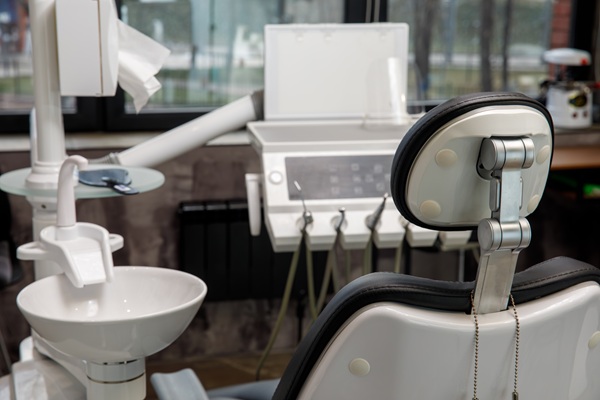4 Things You Should Know About Wisdom Tooth Removal

Wisdom tooth removal refers to a procedure that involves the removal of one or more wisdom teeth. Wisdom teeth, also referred to as third molars, are often the last permanent teeth to develop. These teeth are located at the back corners of your mouth on the bottom and top. Read on to learn more about the procedure.
Wisdom tooth removal
A dentist may recommend removing wisdom teeth due to several problems, including an infection or pain. The extraction can be performed by a dentist or an oral surgeon. A patient’s experience depends on a variety of factors, including the number of teeth being removed and the position of the teeth. People need to learn about the procedure so that they can know what to expect. Here are four important things to know about the procedure.
Preparing for surgery
A wisdom tooth extraction is most times performed as an outpatient procedure; therefore, a patient will go home on the same day. Before surgery, a person should arrange time off from school or work. This will allow the patient a day or more to rest and start to heal. The dentist should be informed of any medications a person is taking. A patient should follow all the dentist’s instructions on drinking and eating before surgery. It is also beneficial to wear comfortable, loose clothing and to arrange a ride home.
Anesthesia options
The dentist will recommend one of three types of anesthesia depending on the preference of the patient and the expected complexity of the procedure. Types of anesthesia include general anesthesia, a sedative and a local anesthetic. The general anesthesia puts a patient to sleep during surgery. Its use is recommended if the extraction may be difficult or if a patient prefers to sleep.
A sedative helps a patient to stay relaxed but awake during the procedure. Nitrous oxide, also known as laughing gas, is one type of sedative. A local anesthetic helps to numb the area around the tooth that is to be removed. It is used even if another anesthesia option is also given to a patient.
Removing the tooth
The dentist will make an incision in the gum to expose the tooth and bone. The tooth may have to be sectioned. This involves cutting it into pieces. The bone around the tooth usually also needs to be removed. After the tooth is removed, the incisions made will be closed with sutures.
Recovery
The mouth needs some time to heal. On the first day after the procedure, some bleeding is normal. During the first week, a patient may also see some swelling and bruising on the face. People are usually advised to get enough rest and to eat and drink nutritious foods to promote healing. Taking care of the extraction site is also important. A patient should follow all of the dentist’s special instructions.
Takeaway
Most times, dentists recommend removing wisdom teeth if they do not have enough room to grow, which may result in pain, infection or a variety of other dental problems. It is important to prepare in advance and to know what to expect during the procedure. After the procedure, patients can benefit from following all of the dentist’s post-care instructions. If you have any questions about wisdom tooth removal, talk to your dentist.
Are you considering having wisdom tooth removal in the Carmel area? Get more information at https://www.carmelsmilesdentist.com.
Check out what others are saying about our services on Yelp: Read our Yelp reviews.
Related Posts
You may be a good candidate for an implant dentistry procedure if you are missing one or more teeth and desire the highest quality (and most natural) restoration possible. This review discusses what an implant dentist looks at when determining if a patient is a good candidate for the procedure.Ideally, implant dentistry patients should have…
Dentists employ a root canal to save a badly damaged or infected tooth. When decay, injury, or infection affects the soft tissue inside a tooth, known as the pulp, a root canal is often the best way to fix it. This treatment relieves pain and protects the tooth from further damage. Knowing what to expect…
Your implant dentist may refer to a part of your dental implant restoration as an “abutment.” For many, this is a new term, and understanding what the implant dentist means can be helpful to feel more comfortable about what you can expect with the treatment process and your restoration.A dental abutment is a connecting piece…
During the consultation with an implant dentist, the patient and the dental team can put together a treatment plan. There are various steps during the teeth replacement process. Knowing them ahead of time can help the patient prepare prior to any scheduled procedures to ensure the implant dentistry process is as easy and convenient as…


